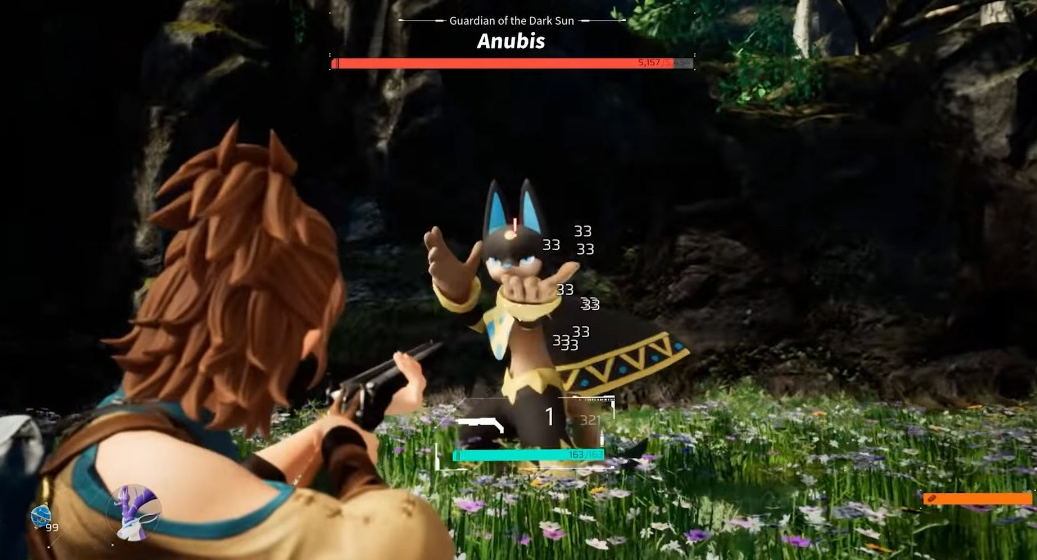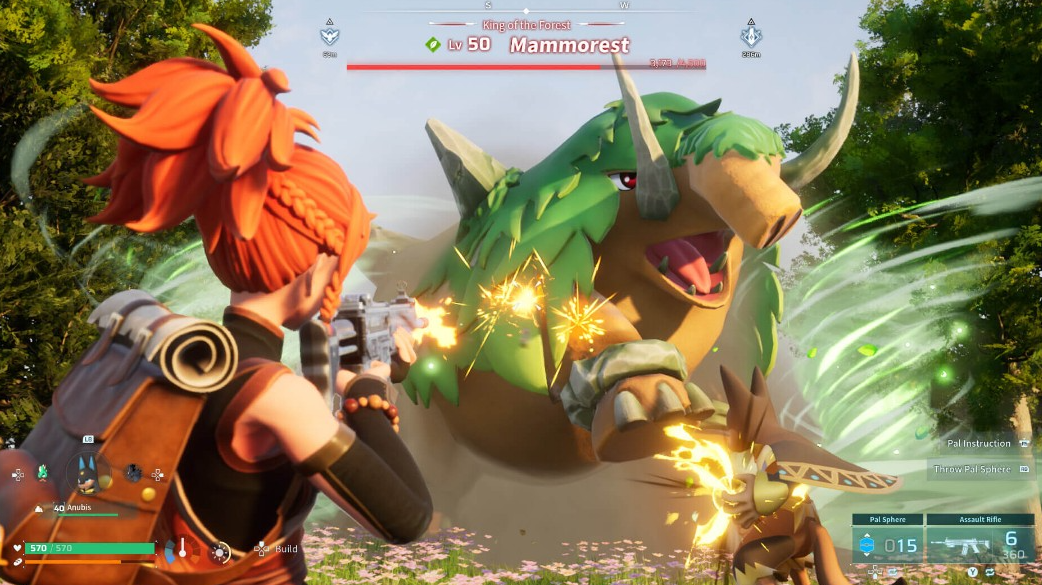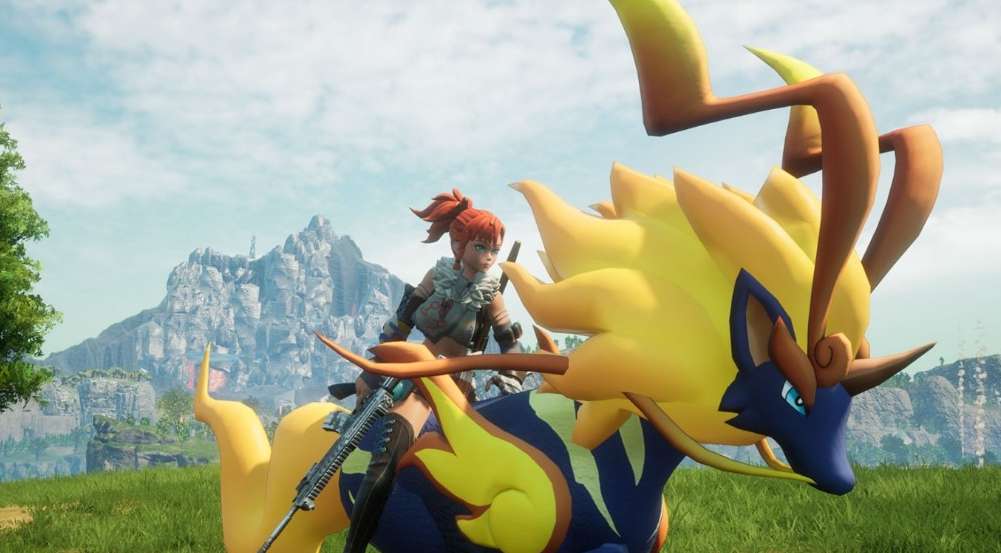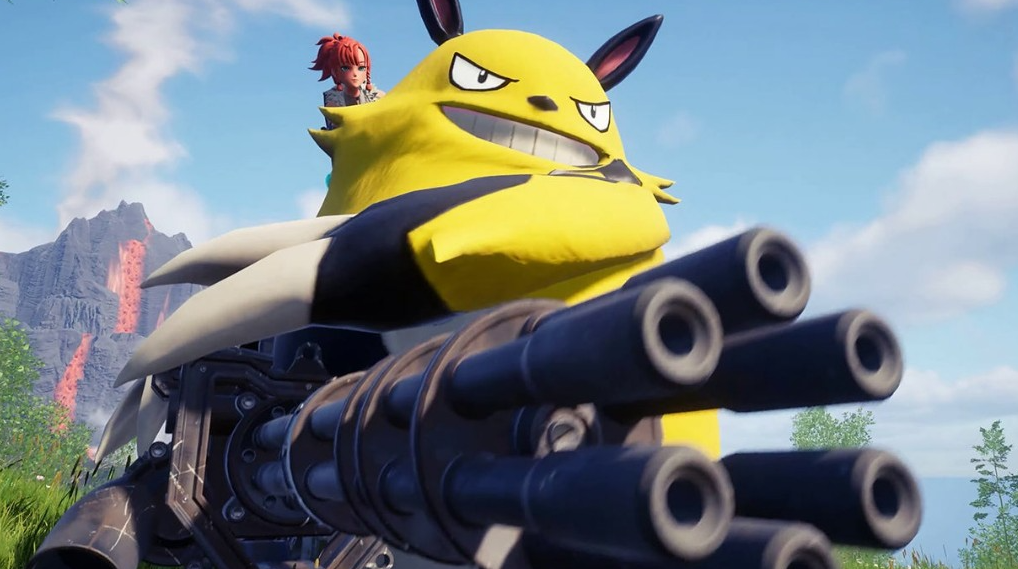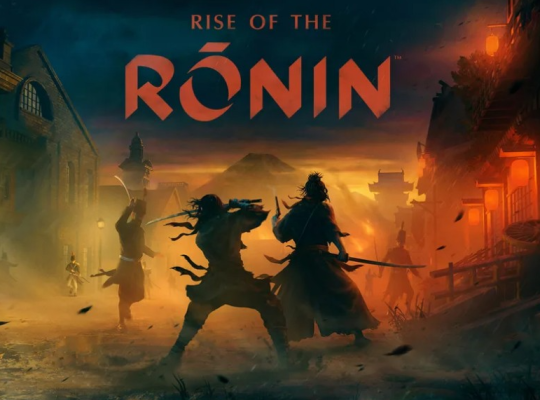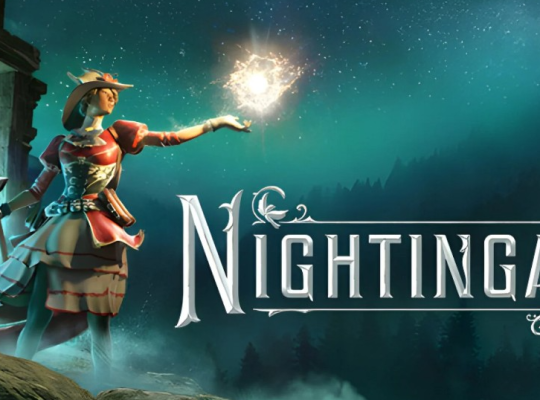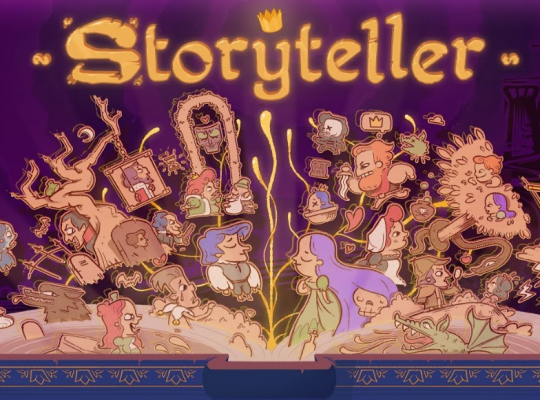Palworld, a peculiar and seemingly cruel game, displays evident effort and thoughtful design in its core mechanics. However, the overall result, at least in its current state, is a hybrid of established gaming formulas that creates a tonal clash.
The game’s unexpected surge in popularity, breaking records on Steam, adds to the perplexity. While survival-crafting open-world games gaining traction on Steam is nothing new, Palworld’s massive success is noteworthy, partly due to its striking resemblance to a certain popular monster-catching game—Ark: Survival Evolved.
If you were thinking of a different comparison, think again. Palworld fully embraces the conventions of the prevalent survival-crafting genre. Players find themselves stranded in an unfamiliar world where everything, whether animal, vegetable, or mineral, can be dismantled for raw materials to craft weapons, build bases, and establish facilities.
The unique twist? Instead of traditional creatures, the game features wild anime companions that can be both exploited and subjected to brutality. Furthermore, the game’s weapon progression diverges from the usual stone-to-diamond evolution, opting for a journey from simple tools to pump-action shotguns and ground-to-air artillery. Despite the tonal dissonance, Palworld seems to defy expectations and achieve success.
Palworld: A Unique Blend of Survival and Pal-catching
In the realm of Palworld, my custom characters found themselves thrust into a strangely familiar landscape—an island adorned with ancient glowing towers every few miles. Eagerly anticipating the prominently advertised firepower, I scoured the surroundings for the promised machine gun, only to realize that the emphasis on weaponry might have been a tad overstated.
In hindsight, the focus on firepower was overshadowed by the classic survival-crafting routine. Stranded in the wilderness with nothing but underpants, the initial task was the familiar drill of punching trees and rocks to gather materials for the essential base, miner’s pick, woodcutter’s axe, campfire, and crafting bench. Although this tune echoed many other survival games, I couldn’t help but yearn for an upgrade from my rudimentary stick to something more advanced, complete with an extended magazine and laser sights.
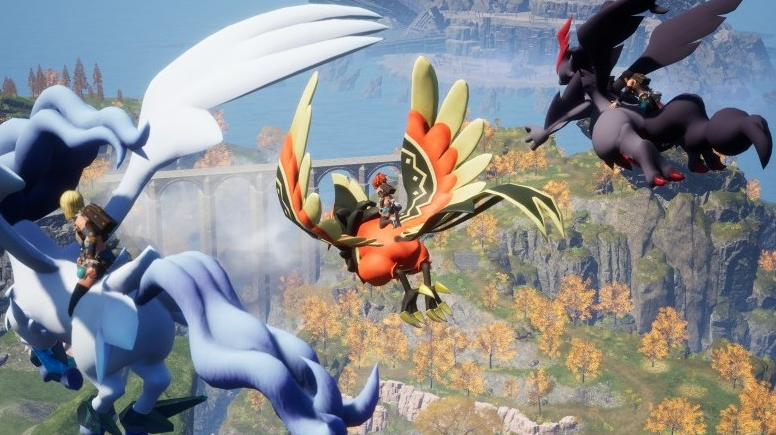
However, a quick look at the tech tree revealed that crafting even a basic sidearm wasn’t an option until reaching level 25, and considering my progress only reached level 6 after a substantial afternoon effort, the allure of an assault rifle seemed distant. On the contrary, capturing and taming “Pals” proved to be a more immediate process, involving weakening them with a baseball bat and using Pal Spheres to swiftly capture and tame these creatures.
The game seamlessly intertwines a recognizable survival/crafting system with a real-time Pokémon element, albeit with varying degrees of success. Armed with Pal Spheres and a mix of supplies and weaponry reminiscent of Hitman, players embark on excursions to uncover the map, engaging in dogfights and using ammunition strategically to catch new Pals and combat hostile humans. Along the journey, encounters with powerful trainers, settlements, and boss Pals add depth, although the narrative context remains relatively thin.
While the setup may not deviate significantly from other survival-crafters, the incorporation of the Pokémon factor adds a unique twist. Yet, post-capture automation of Pal’s behavior proves both a boon and a hindrance. Free to act independently, Pals often make questionable decisions, jeopardizing your goals by inadvertently interfering with captures or stumbling into peril.
In combat, tactical thinking is limited, with the player often resorting to slinging out a Pal and observing the ensuing chaos from a safe distance. Engaging directly offers simplistic gun and melee combat, involving swinging a stick or unleashing gunfire interspersed with stamina-draining maneuvers like roly-polys.
On the positive side, the automated approach shines when managing captured Pals in the base. The extensive system allows them to work on tasks such as tilling fields, chopping wood, and even cooking their freshly laid eggs. With a well-organized community of Pals, the base becomes self-sufficient, minimizing the need for micromanagement and allowing players the freedom to explore without constant upkeep concerns.
Palworld: Tonal Whiplash and Bizarre Harmony
In the realm of Palworld, a peculiar and captivating dynamic unfolds—one that’s challenging to encapsulate in conventional terms. Palworld, comprised of seemingly standard elements, manages to collide in surreal ways, juxtaposing the cheery tone and aesthetics reminiscent of child-friendly monster-catching games with the ruthless, blood-stained pragmatism expected in titles like The Forest. The anime mascots adorned with visually conflicting military hardware merely scratch the surface of this tonal conundrum.
To delve deeper, Palworld gives off the vibe that its creators initially believed they were crafting a game about ferocious xenomorphs, unaware that the inhabitants would be endearing creatures akin to Tamagotchi. Encountering NPC humans in the open world adds another layer to the dissonance, as they describe Pals as slathering monstrosities, despite their obvious innocence.
These characters hoarsely whisper about hundreds of innocents meeting their demise beneath oversized cartoon paws. The inclusion of sanity mechanics for overworked Pals, an in-game glossary detailing their supposed atrocities, and the ability to roast their carcasses over an open flame for consumption all unfold without a hint of commentary or criticism from Palworld. While I’m no vegetarian, the notion of feeding a lamb to another lamb gives even me pause.
Contrary to games like Bugsnax or Lollipop Chainsaw, Palworld lacks self-aware absurdity. Instead, it exudes an obliviousness to its disconcertingly strange nature, rendering it even more unsettling. While technically sound in its design, the juxtaposition of brutal, amoral survivalism with innocent Saturday morning cartoons maintains a ghastly fascination that persists, for better or for worse.
Palworld: More than Just ‘Pokemon with Guns’
Despite the common nickname of ‘Pokemon with guns,’ Palworld defies such a simplistic description. In reality, it leans more towards being ‘Ark with Pokemon,’ drawing considerable inspiration from Studio Wildcard’s renowned survival game.
At its essence, Palworld operates as a survival crafting game, adhering to the established norms of the genre. The gameplay involves resource gathering, base expansion, and gear improvement, following an Ark-inspired technology tree where higher-tier crafting recipes demand more challenging-to-obtain resources.
The distinctive element arises from the introduction of Pals, wild creatures that can be captured and directed to either engage in combat or contribute to your base’s operations. While sharing similarities with Pokemon, Palworld adds a satirical twist, featuring giant bears equipped with miniguns and adorable squirrels wielding SMGs while perched on your head, courtesy of Partner Skills.
Palworld diverges from being a serious game, and that’s a strength. Instead of attempting to create a better version of Pokemon, as seen with games like Temtem, Palworld offers an entirely different premise. The incorporation of shock humor and a refusal to take itself too seriously contribute to its unique identity. This distinctiveness is likely to prevent Palworld from fading into obscurity, setting it apart from numerous other Pokemon contenders.








